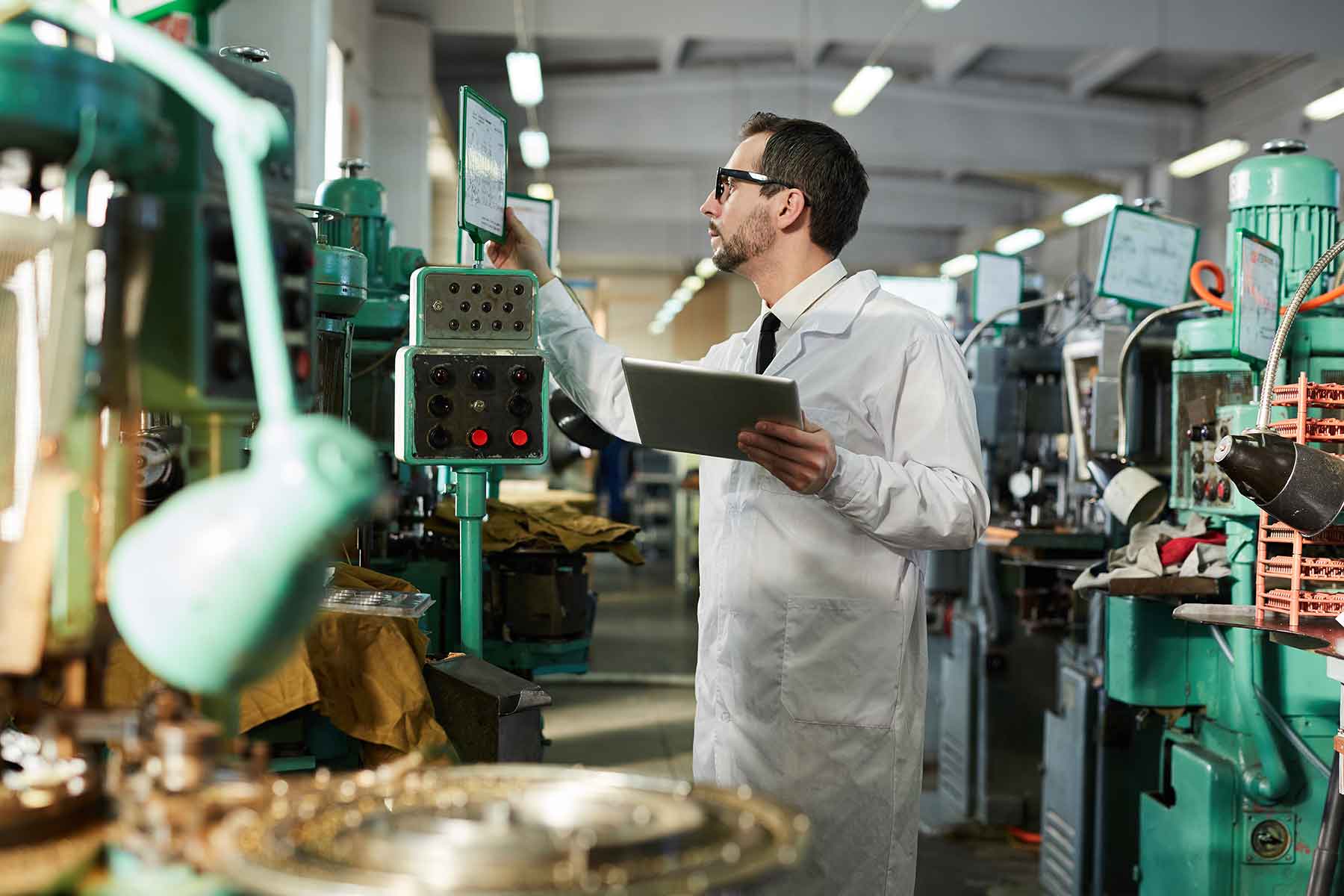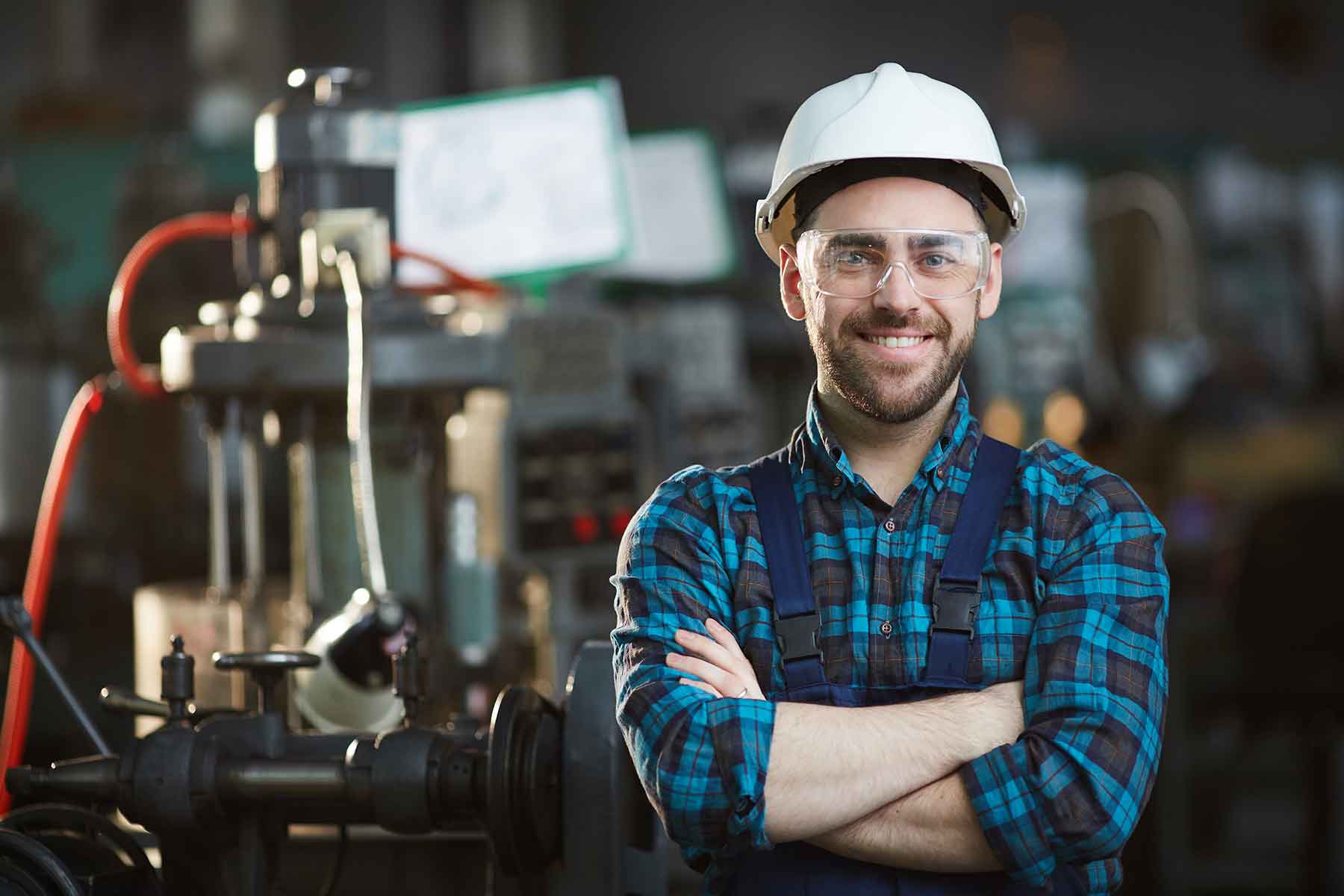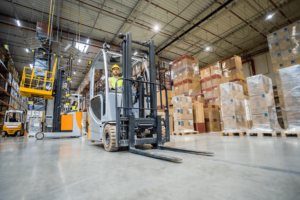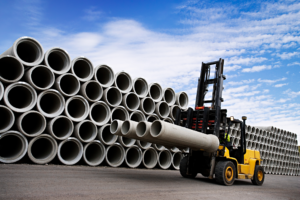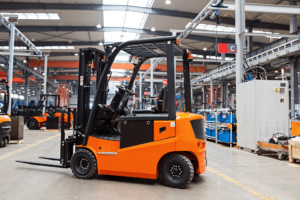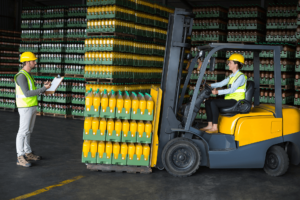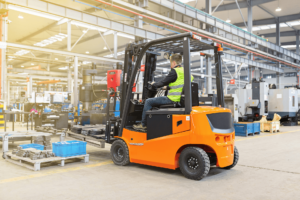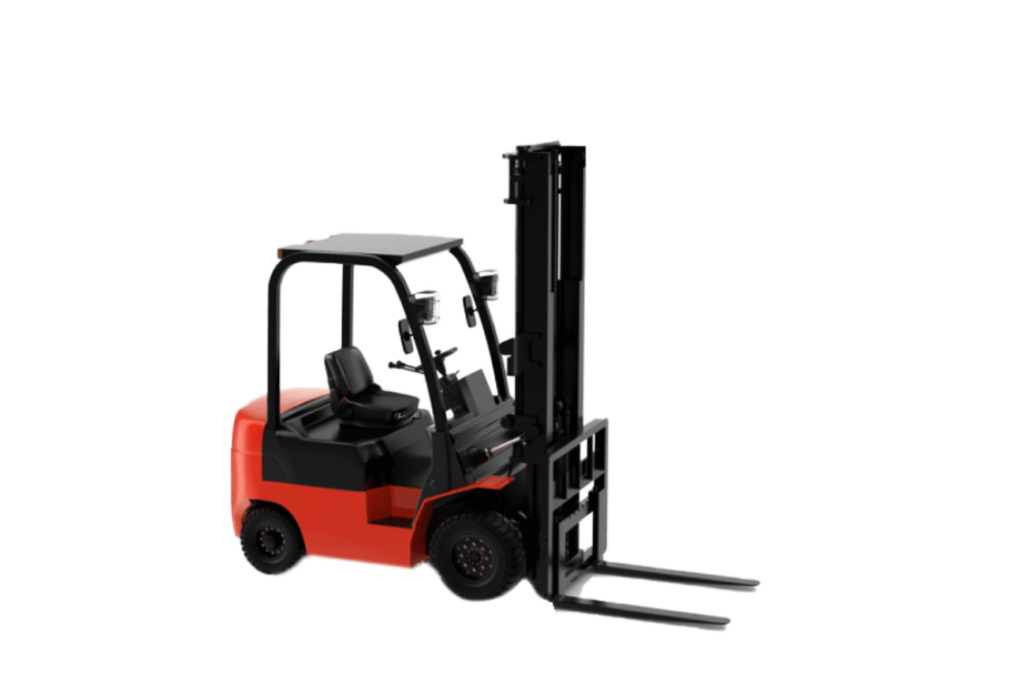The forklift is a tool used for material loading and unloading services and in the case of Casa Sauza we use it to move pallets with materials and products. Discover how we have achieved zero accidents in the handling of this equipment.
What functions does the forklift operator have?
The driver’s role in handling forklifts is essential for his own safety and that of those around him. Therefore, it will be the person prepared and specifically destined for it.
The operator is responsible for the proper use of his forklift taking into account:
-General safety in the workplace. The driver is responsible for the various situations that he may generate or cause due to his incorrect actions.
-Vehicle and cargo. The economic cost of the forklift and the loads handled conditions that the operator must be a prepared person and therefore responsible for the equipment he handles.
What skills are needed to operate a forklift?
Physical skills:
Good vision and hearing. Do not suffer from hernias (not be affected by any deficiency that generates loss of consciousness or disorders in balance).
Psycho-physiological skills:
Visual field, colors and reflections (reacting quickly to an aggression of a visual, auditory or movement type).
Psychotechnical skills:
Pass technical aptitude tests.
Technical skills:
Knowledge of all the controls and functions of the forklift. General knowledge of mechanics.
What safety protocol must the forklift operator follow?
-The forklift should be operated only by trained and authorized personnel.
-Become aware of the great responsibility you have when operating a forklift.
-Carry out a check before and after operating the forklift.
-Use and give good use of personal protective equipment (PPE).
-The forklift operator should always wear a seat belt.
-Respect the speed limits.
-Sound the horn at intersections.
-Respect the signs for the pedestrian crossing (traffic lights).
What considerations must be taken into account for a forklift to circulate?
The forklift must be adapted to the places where it will work and in turn the design of the spaces where it must move must be considered. Thus, the following measures must be taken in each case:
1.Use a forklift compatible with the place where you are going to operate. Thus depending on whether you must work outdoors, in covered but well-ventilated places or in closed rooms with limited ventilation.
2.The driving force of the machine and the exhaust gas scrubbers will be chosen.
The forklift must be provided with its own lighting, unless it only works outdoors and during daylight hours.
3.It is necessary to provide a place to park the forklifts, as well as to carry out maintenance work.
Safety measures that we suggest for the use of forklifts:
Adapt floors for the forklift
The floors must be resistant to the passage of forklifts in the case of maximum load and non-skid according to the type of wheel or tire used. Any type of holes, protruding objects or any other obstacle in circulation areas must be eliminated.
Adapt the doors for the forklift
The doors must comply with what is indicated in the corridors section and their height must be greater than 50 cm, this being the highest of the forklift or of the load to be transported.
Adapt aisles for the forklift
The width of the corridors must be permanently prepared for two-way traffic. It must be less than twice the width of the vehicles or loads, increased by 1.40 meters.
The width of the aisles where one-way traffic must be equal to the width of the vehicle or the width of the load increased by 1 meter.
We hope that with this information you can take into account the factors that are needed to avoid accidents within the area where a forklift moves.


